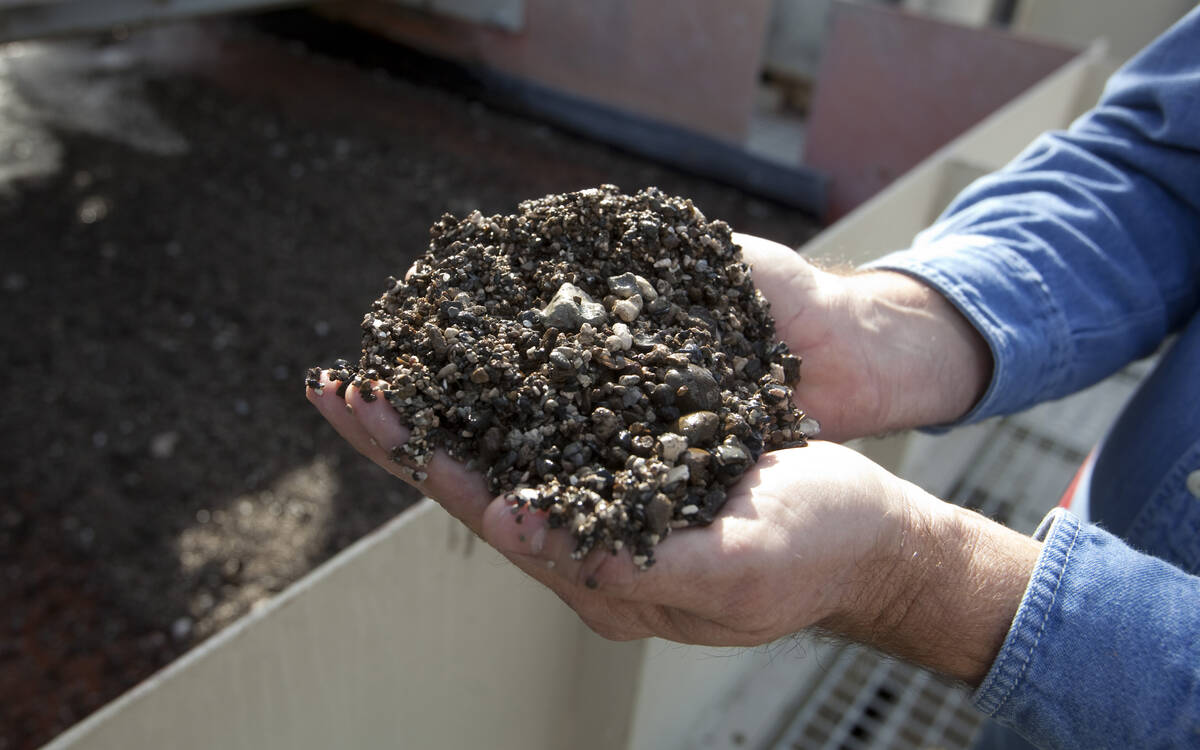CHICAGO (Reuters) — New York chefs are sharpening their knives and diners are preparing to drool over bowls of braised goat shoulder tortellini in a smoked broth and plates of rosemary-goat cheese ice cream.
The homage dinner menu to the bleating ruminant is just the tip of an emerging culinary craze for goat meat, an alternative and normally budget-friendly option to beef.
Menus using goat meat are leaping beyond ethnic restaurants to high-end outlets as restaurateurs and retailers hunt for alternatives to the more expensive beef.
Read Also

Phosphate prices to remain high
Phosphate prices are expected to remain elevated, according to Mosaic’s president.
“There are clear price advantages to putting goat on the menu over beef because you don’t have to charge an arm and a leg for it,” said Taylor Naples, chef de cuisine at Craft in New York.
However, diners will be forking out more than $125 per person for the four-course, goat-themed meal.
Goat’s appeal is equal parts cultural tradition and rural economics.
The number of U.S. residents born in the Middle East jumped to 1.6 million in 2012, up 47 percent from a decade earlier, according to Pew Research Center.
Population increases were also seen from other communities with traditional goat cuisine: South America, up 42.3 percent; Central America, 56.3 percent; and the Caribbean, 31.4 percent.
Dan Romanoff, executive vice-president of meat distributor Nebraskaland, said demand for goat, particularly in the Muslim community, boosted sales from US$24 million in 2013 to more than $30 million last year.
Imports of goat meat jumped to 19.6 million tonnes in 2014, double a decade earlier, according to the U.S. Department of Agriculture data.
The increase was also helped by the strong dollar.
“Right now, I can buy goat meat for $2.75 a pound. Beef is $3.50 or more,” said Romanoff, who is also a director of Hunts Point Cooperative Market, a leading North American food distribution centre.
Domestic supplies are tightening and prices are increasing as demand grows.
The goat herd size has shrunk in Texas as drought prompted ranchers to send animals to slaughter in the past few years, said Bob Buchholz, president of the Texas Sheep & Goat Raisers Association.














